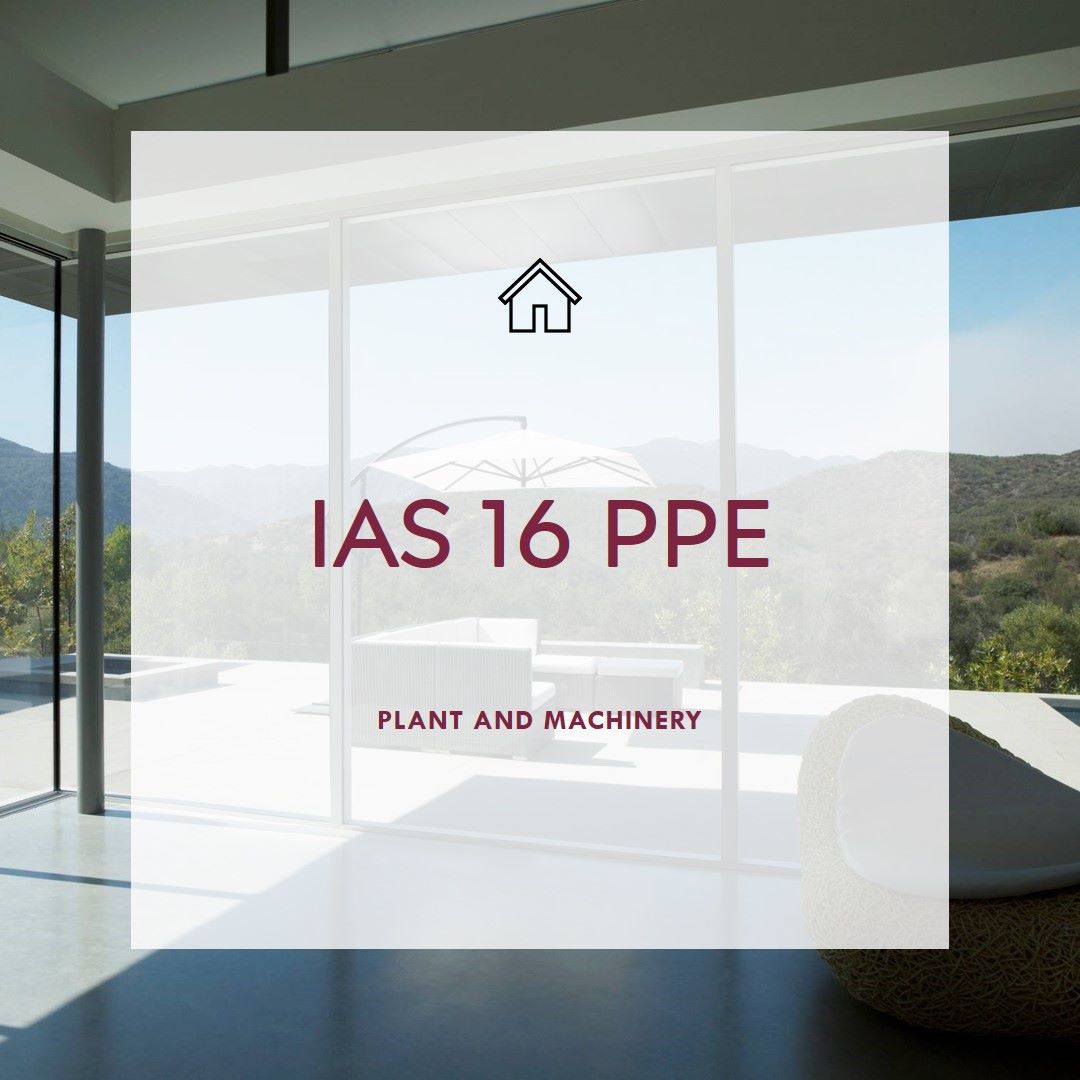IAS 16 (International Accounting Standard 16) provides guidance on the recognition, measurement, and disclosure of property, plant, and equipment (PP&E). PP&E includes tangible assets that are used in a company’s operations, such as buildings, machinery, and vehicles.
Here are some examples of how IAS 16 might be applied in practice:
- Recognition of PP&E: A company purchases a new delivery truck for $50,000. The company recognizes the truck as an asset in its financial statements when it takes legal ownership of the truck, which would typically occur when the truck is delivered to the company.
- Measurement of PP&E: A company measures PP&E at cost, which includes the purchase price, taxes, delivery fees, and any other directly attributable costs. For example, if the delivery truck in the previous example also incurred a $2,000 delivery fee, the total cost of the truck would be $52,000.
- Depreciation of PP&E: A company must depreciate PP&E over its useful life, reflecting the expected decline in value over time. The depreciation charge is recognized in the income statement as an expense. For example, if the delivery truck has an expected useful life of 10 years and a residual value of $5,000, the annual depreciation charge would be $4,700 ($52,000 – $5,000 divided by 10).
- Revaluation of PP&E: IAS 16 allows companies to revalue PP&E to reflect changes in fair value. For example, a company might revalue a building after making significant improvements that increase its value. Any increase in value would be recognized as a gain in the income statement, while any decrease would be recognized as a loss.
- Disposal of PP&E: When a company disposes of PP&E, it must recognize any gain or loss on disposal in the income statement. For example, if the delivery truck from the first example is sold for $45,000 after 3 years of use, the company would recognize a loss of $7,100 ($52,000 – $17,000 – $45,000) in the income statement.
Overall, IAS 16 provides guidance on how companies should recognize, measure, and disclose PP&E in their financial statements, ensuring that stakeholders have accurate and relevant information about a company’s tangible assets.
